Pat McGowan, Director of Sales, Guardhat, Inc.
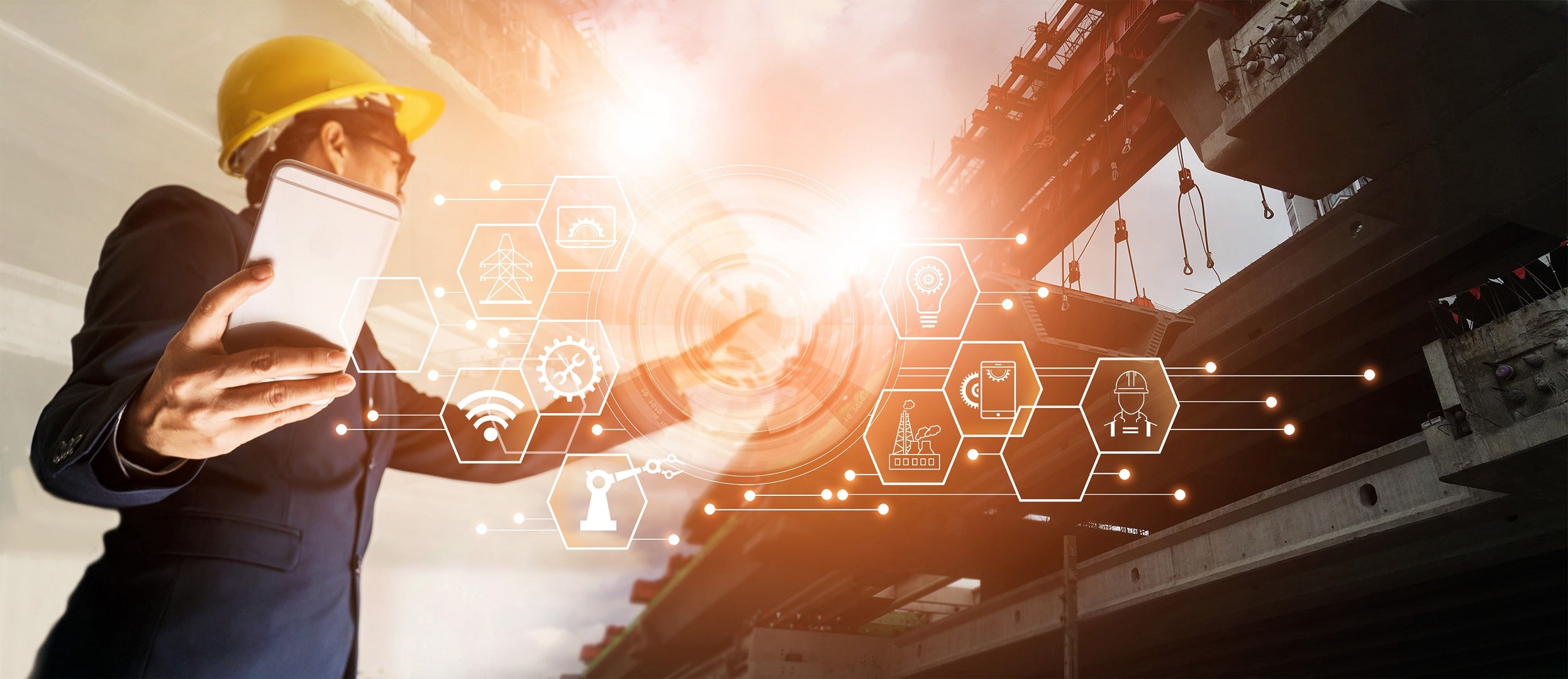
Just 10 to 15 years ago, early adopters of new technology often had the mindset that the rewards of investing in new platforms and systems would outweigh the risks. These pioneers recognized that there was room for improvement across the back office, the job site, and supply chains, and they were willing to take bold steps forward with emerging technologies in an effort to set a new standard within their industry, aiming for safer, more efficient, and more connected practices.
The overarching goal of adopting new technology was, and always will be, to stay ahead of the curve and outpace the competition. Today, however, we’re inundated with information across social media, at trade shows and events, and in the programs we watch, all telling us that we need even more gadgets and subscriptions in order to push the envelope and remain relevant. The marketplace is flush with options, ranging from 3D printing, process simulations, digital twins, drones, building information modeling, and augmented reality (AR) and virtual reality (VR) solutions.
The push to adopt and deploy these new technologies as construction projects evolve in complexity is growing as well. Global spending on the digital transformation (DX) of business practices, products, and organizations is forecasted to reach $2.8 trillion in 2025 – more than double the amount allocated in 2020 – and the industry with the fastest expected growth in DX spending is construction.
It can be difficult, however, to navigate all the possibilities and decide which to pursue to better support our workforce and our business. The challenge with an overabundance of options is that some – most in fact – will inevitably fall short of the goal line. Sometimes, the “next best thing” won’t be properly tested against the challenges faced across job sites – from network connectivity to vast temperature swings to how often things are dropped. As a result, they fail once implemented.
It’s time this changes – that those assessing emerging technologies are assured they’re getting the real deal or their teams will doubt future efforts to “technify.” This requires improvements and refinement throughout both the testing and vetting processes.
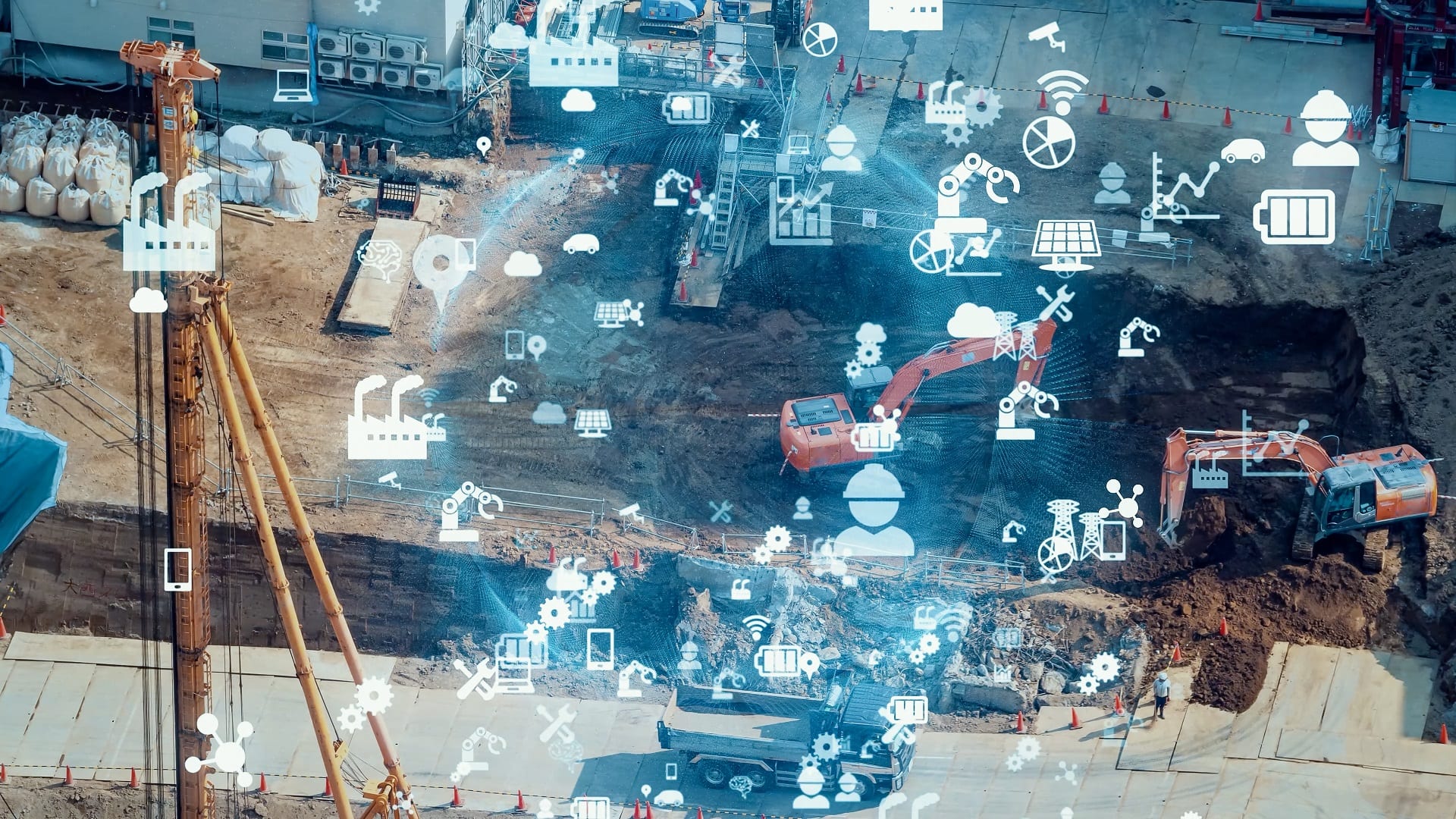
Testing Tech: Are You Accounting for Evolving Environments?
Researching and testing new technologies before they’re deployed often occurs in confined, controlled areas, but the development lifecycle needs to more accurately account for real-world scenarios.
As part of the field-testing process, for example, it’s essential to understand how dynamics may change over time at a job site across various environments. Let’s say there’s a five-acre laydown yard that’s used to store materials, tools, and equipment that will eventually go to an end-user. You’re using this controlled, nonobstructive environment to test the capacity and connectivity of various tools and technologies for your customers, such as wearable safety equipment and fall detection sensors that will be leveraged during a new construction build.
Everything works as it should, but the testing process can’t stop here. A laydown yard doesn’t account for the wiring, the trenches, the cranes, the trucks, and the stacking pallets of a one-acre construction site. These elements, which evolve and (literally) build up over time, will likely have an impact on the connectivity of the sensors and wearables that builders are using to keep them safe and informed while on site. It’s essential to understand exactly how they’ll be impacted and what you can do about it.
Truly testing technology means taking into consideration how environments change as you build so that the safety of the workforce isn’t compromised and the timeline of the operation isn’t derailed. Those manufacturing the technology need to account for this, and those buying the technology need to inquire about this during their vetting process.
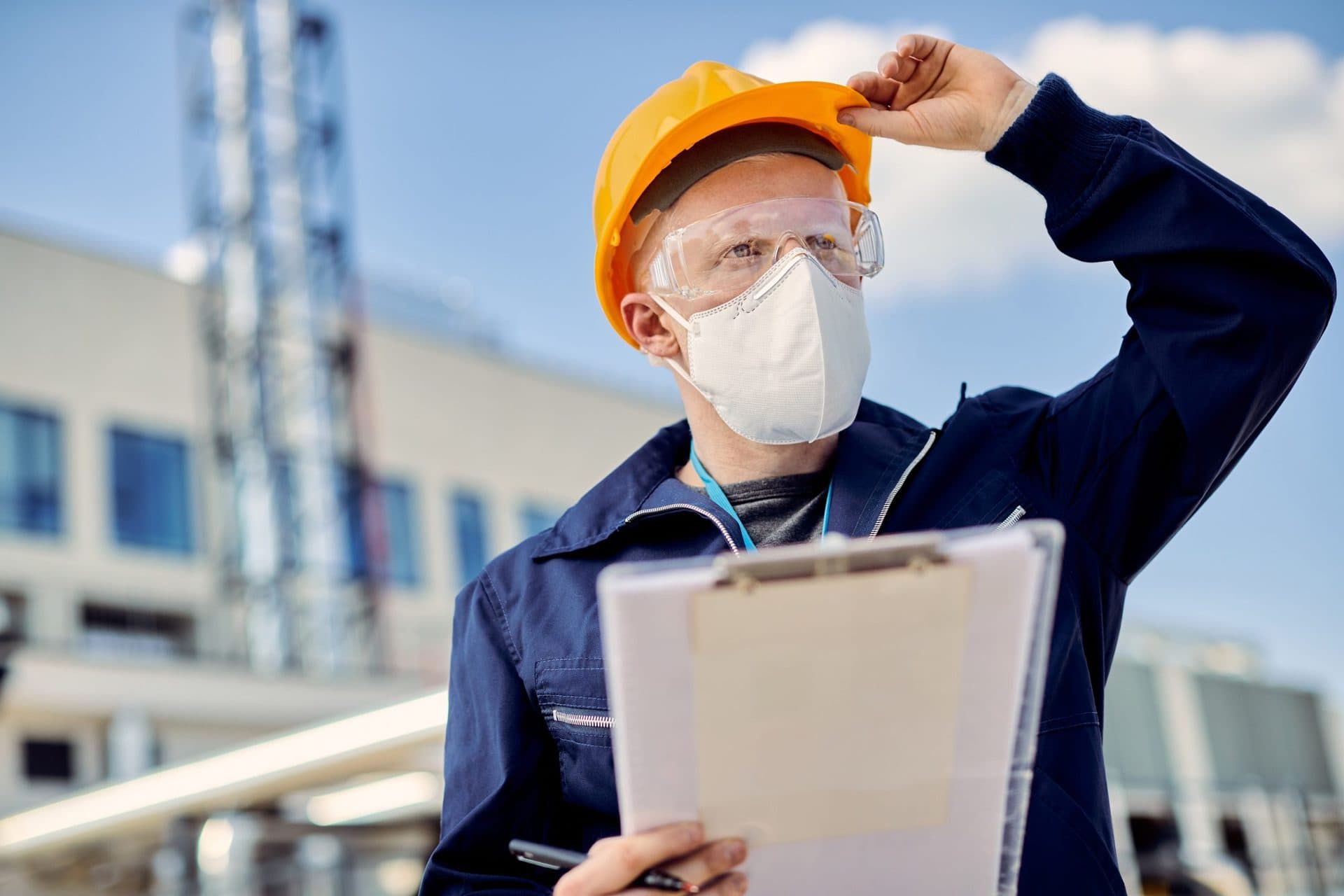
Vetting Tech: Do You Understand the Problem You’re Solving For?
Before you even start to vet new applications for your organization, you need to have a keen understanding of the problem that needs to be solved. Does your workforce struggle with real-time visibility into operations? Is the data you’re receiving difficult to analyze, utilize, and report out? Do you lack insight into near-miss incidents? Successfully vetting technology requires us to slow down and understand the use cases that need improvement so that we can eventually speed up and solve problems faster.
The construction sector has an added challenge. Organizations within construction, energy, aerospace, manufacturing, and others need to account for more than operational efficiencies and also ensure that they’re providing their workforce with the resources needed to safely carry out their responsibilities. If they don’t, it can be fatal. In 2019, 5,333 workers died at work. That’s more than 100 a week and nearly 15 deaths every day on average. Construction accounts for a fifth of all those fatalities. This is unacceptable.
Mitigating risk and ensuring safety isn’t just a priority for the workforce and management anymore. Board members and investors are taking an increasingly active role and inquiring about what actions are being taken and what tools and technologies are being provided to ensure operational resiliency and improved safety.
The vetting process should always account for major factors like scalability, durability, and total cost of ownership, but it now needs to go beyond the basics and account for several other key considerations, including:
- Connectivity: Compiling data into a useful form is a necessity for all organizations today. Internet of Things (IoT) technology, including devices and sensors, that you adopt should ladder up into a connected ecosystem that’s capable of providing real-time and batch analytics into factors such as changing weather patterns that could impact the job site and working conditions. If the technology you’re assessing functions in a silo, if it can’t provide actionable insights, and if it doesn’t contribute to a more holistic operational view, it’s likely not the solution you need.
- Safety: No matter the industry, technology intended to create safer working environments has a unique, stringent set of requirements that needs to be tested and proven. For example, wearable devices that trigger emergency responses not only need to be practical and comfortable, but the battery life needs to last for the entire shift. Workers shouldn’t have to monitor the battery while performing their tasks, which could be both a distraction and a stressor. When it comes to safety, you need to be sure that the technology will perform as it’s intended to from start to finish. There’s no room for a false sense of security – lives literally depend on it.
- Trust: Workers are often concerned about being monitored and tracked too closely with new applications and systems, but there are options that uphold anonymity while also ensuring the safety and security of the worker. When considering a new device or platform, it’s important to understand these nuances and be able to educate the end-user so that they trust the solution and understand how it will benefit their day-to-day life.
Change is constant, and the technology we have at our disposal will continue to grow and evolve. The key moving forward is to remain steadfast – to not become complacent – with our testing and vetting processes. If you keep connectivity, safety, and trust at the forefront, you can’t go wrong.
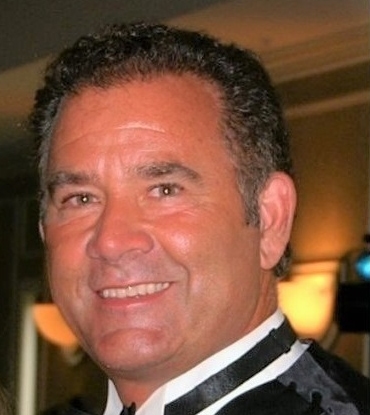
As Director of Sales with Guardhat, Patrick McGowan works closely with both end-users and solution partners to deliver increased site safety and visibility in the global workplace. With over 25 years of experience in the sensor, BLE, UWB, RFID, drone and software solutions industry, Pat has been a leader and innovator in connecting intelligent sensor network technology to the world of increased visibility and tracking across significant industries, including oil, gas mining (OGM), nuclear, construction, power generation, aerospace, and defense.
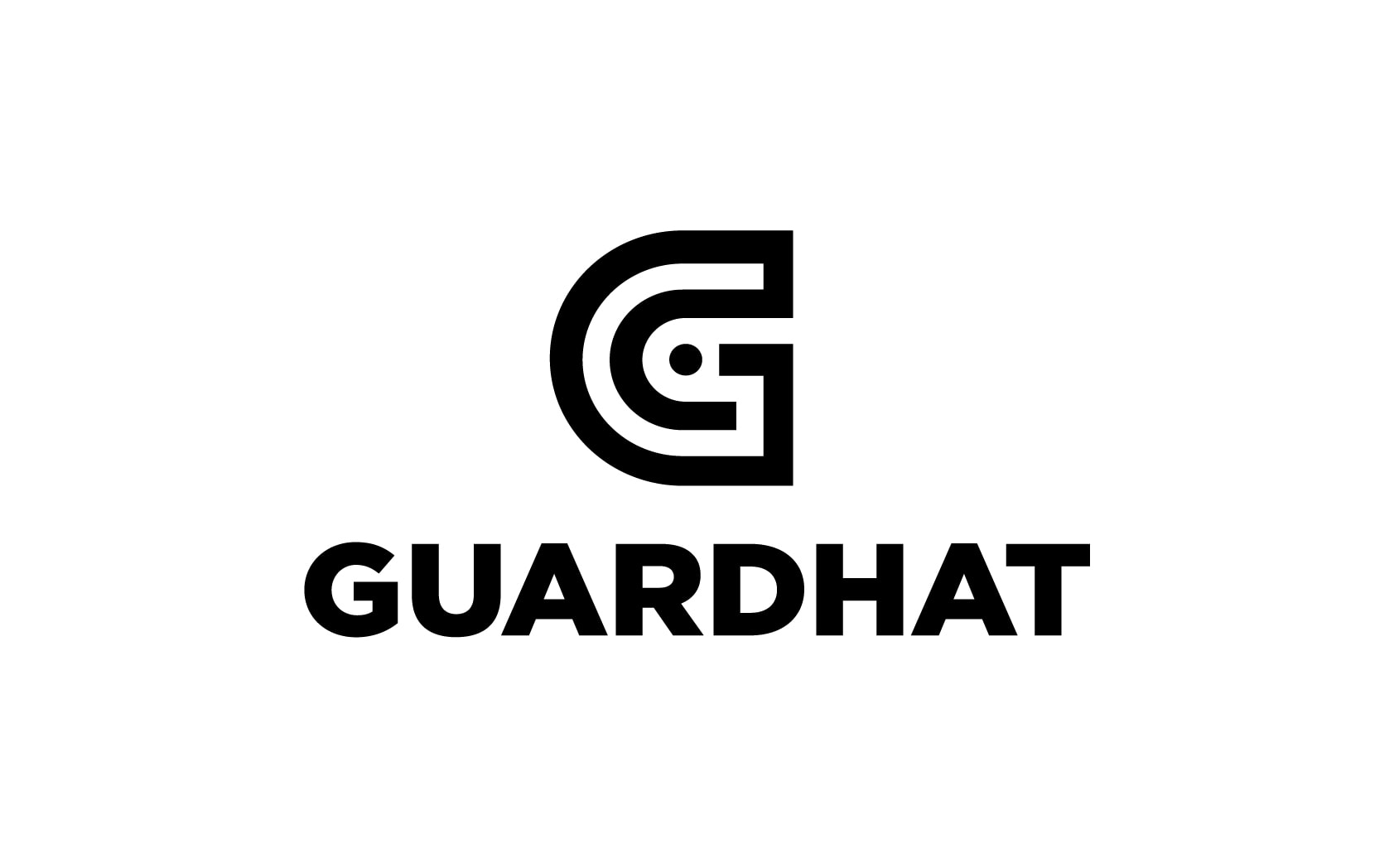
Guardhat is pioneering connected technology to improve safety and collaboration with and among frontline industrial workers. The company offers a proprietary connected worker platform – unrivaled in its ability to ingest, manage, and analyze unstructured data; easy to deploy monitoring and reporting software; innovative, wearable technology; and a growing ecosystem of partner integrations. With Guardhat, companies can monitor worker location, health, and work environment to speed reaction time and help proactively solve safety challenges. Guardhat is headquartered in Detroit, Michigan, and operates globally. The company holds 13 patents in real-time location systems, wearable solution design, and connected worker software. For more information, visit: www.guardhat.com.
